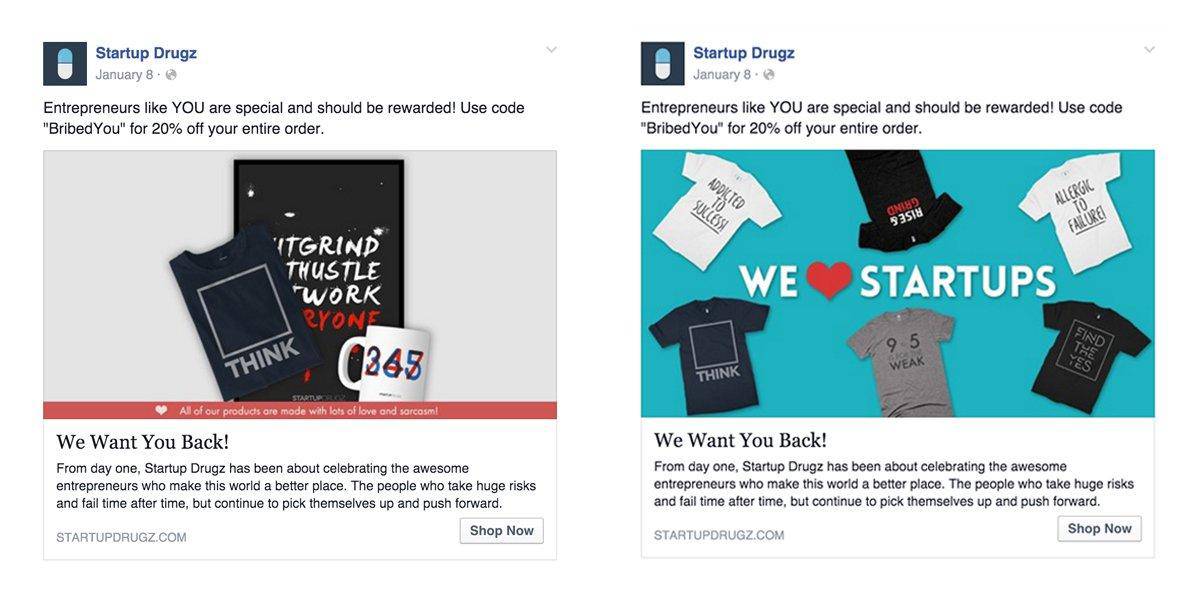
PPC Tips for Black Friday
Category : Google Ads
Google has recently released a new, non-clickable ad extension called Structured Snippets. This version gives users more freedom as you can choose and edit the text in the extension as opposed to Dynamic Structured Snippets which were automatically added to your ad based on your site’s content. Structured snippets allow you to increase your ad space on the SERPs complimented by a bump up in Quality Score, by boosting your ad relevancy and click-through rate (CTR). Your ad would look something like this when featuring a structured snippet:

But the big question is, how do you use this extension to boost your Black Friday campaigns?
Actually, Google has done the hard work for you! It has rolled out a Black Friday and Cyber Monday structured snippet to help merchants promote Black Friday and Cyber Monday offers in their AdWords campaigns. Headers for Black Friday will be eligible to appear in ads November 20 through November 27 whereas Cyber Monday headers can appear November 20 through November 30 (during the overlap period, Black Friday headers will dominate those set up for Cyber Monday).
Here are some examples of how these headers and snippets might look:

Do you have any special offers? Simply enter one offer in the snippet to highlight your deals. These ad extensions can be set at the account, campaign or ad group level:

AdWords Ad Customisers
Increase your chances of capturing the most revenue from users searching for Black Friday, Cyber Monday and any other holiday related deals with AdWords ad customisers. These allow you to customise your ad text based on what someone is searching for, which device they are using, where they are located or even the date, time of day or day of the week! You can insert a price, the remaining time left before a sale ends, and any other pre-defined by you text.
This helps to create a sense of exclusivity and urgency, which has been shown to increase CTR and conversions:

How they work
Ad customisers are parameters that are placed within {curly brackets}. When a user performs a search it triggers your ad and the parameter is replaced with dynamically inserted text. Ad customisers can be included within any text on the Search and Display Network, except for the URL fields.
There are lots of ways you could make use of this to promote your Black Friday & Cyber Monday offers to deal seeking shoppers:
- Countdown to the end of a sale, e.g. Hurry, sale ends in XX days
- Keep pricing in ads updated, e.g. New Android tabled from only £XXX
- Detail the range you are offering, e.g. XXX UK hotels available to book now.
- Keep deals up to date, e.g. Save XX% on Samsung TV using code XXXX.
AdWords ad customisers encourage urgency, telling the searcher to act now and better promote your offers making them a great fit for your Black Friday PPC strategy.
Mobilised Adverts
With the recent growth in the volume of searches on mobile devices (not to mention the rise of second-screening), advertisers should consider mobile reach a priority this year. According to Adobe, mobile commerce accounted for over a fifth (21.9%) of online shopping on Cyber Monday 2014 – that was up by 15.9% year on year.
Ensure your users have a good mobile shopping experience by following a couple of simple steps. Devote some of your PPC strategy to creating mobile targeted ads that will feature the following elements:
- Black Friday & Cyber Monday optimised ad copy
- Mobile optimised landing pages
- Add mobile bid modifiers to target the top positions on mobile devices
- Remove day parting bid optimisers as users shop at all times of day during the holiday weekend.
Updated Ad Extensions
Ad extensions pay a crucial role in determining your adverts’ ad rank but also encourage additional clicks to the site through the extra information displayed alongside your ad. The key strategy behind this feature is to grasp as much real estate on Google Search Network as possible in order to push competitors further down the results page and get additional clicks.
These extensions can be optimised for Black Friday and Cyber Monday through Sitelinks and Callout extensions:
- Use sitelinks to direct users to the most relevant, special deals/offers sections of your site. Preferably you would get some separate landing pages in place that would be fully devoted to Black Friday or Cyber Monday deals to increase relevance/quality score/conversions.
- Callout extensions could be used to help you ‘brag’ about your special offers.
Read more Good ways to improve PPC quality
_______________________________________________________________________________
Please contact us for seo service packages at TDHSEO.COM.
TDHSEO Team
Email: tdhseo@gmail.com
Skype: tdhseo
https://www.facebook.com/tdhseo
Thank you!





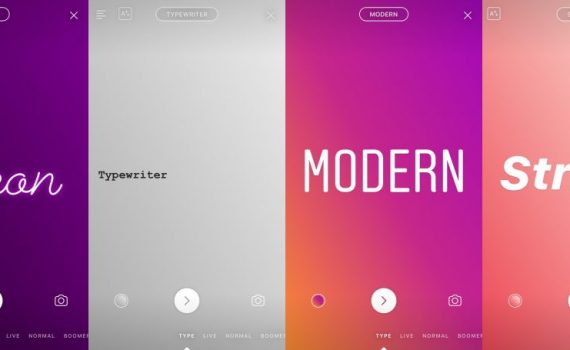

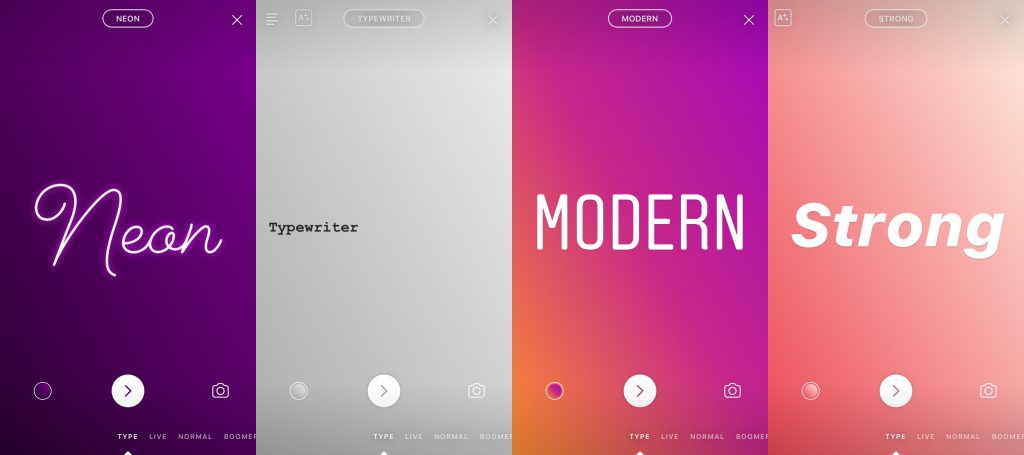

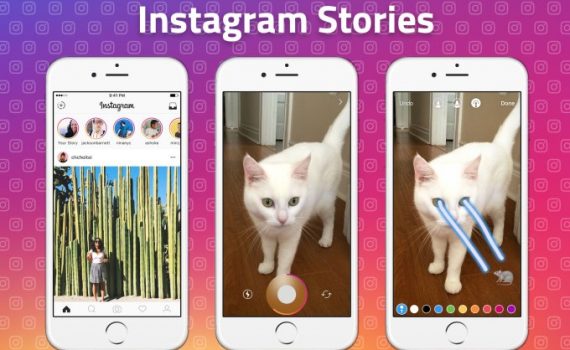
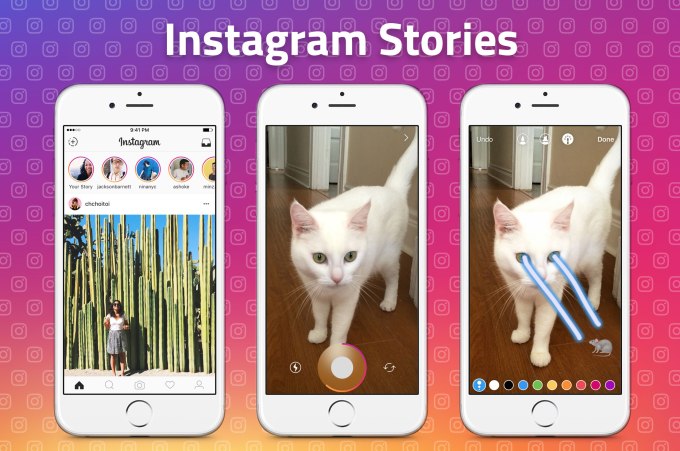






 Before you can start creating dynamic ads from your Shopify store, Facebook requires the following from you:
Before you can start creating dynamic ads from your Shopify store, Facebook requires the following from you: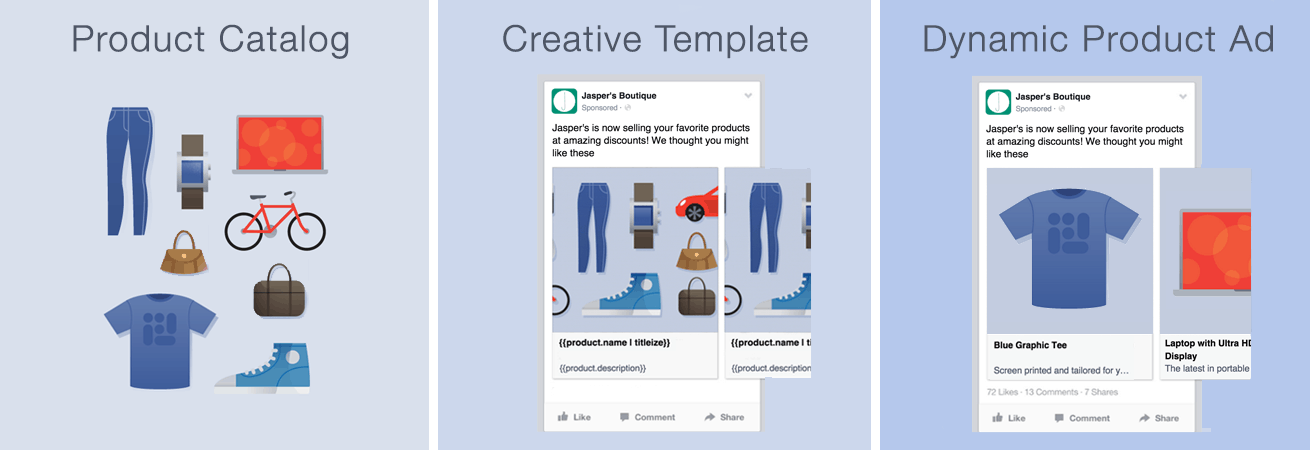
 Here’s where we start to see the real beauty of Facebook ads in action.
Here’s where we start to see the real beauty of Facebook ads in action.

